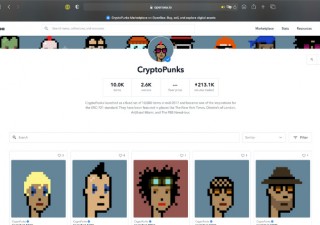Guidance for trademark classification of emerging technologies issued in Australia
12 September 2023


Ashley Johnson, Senior Associate, Ashurst, Melbourne
IP Australia has issued new guidance for applicants on the classification of emerging technologies for trademark applications, focusing on virtual goods, metaverse, non-fungible tokens (NFTs) and blockchain.
“Many aspects regarding the use and enforcement of emerging technologies in a virtual world remain unsettled. Businesses might struggle to identify the entity behind an IP infringement in a virtual world in order to take enforcement steps. Similarly, establishing ‘use’ in ‘Australia’ where a mark is used in a virtual world could create challenges or may lead to creative solutions for doing so,” said Ashley Johnson, a senior associate at Ashurst in Melbourne.
“Trade mark classification guidance: Virtual goods, metaverse, NFTs, and blockchain” provides clarification for correct trademark classification of these emerging technologies.
According to the guidance, trademark applications for “virtual goods” or “downloadable goods” will be acceptable provided they are restricted by the nature of the virtual good, such as “downloadable virtual clothing” in class 9, or service, such as “online retail services for downloadable virtual clothing” in class 35.
Claims for NFTs should specify the nature of the goods or services being authenticated, such as “downloadable digital image file authenticated by NFTs” in class 9. If the item being authenticated is a physical good, classification will be according to the physical item, such as “clothing” in class 25.
Claims for blockchain must designate the goods or means through which services are provided, such as “computer programming of smart contracts on a blockchain” in class 42.
IP Australia also said it prefers trademark applicants to use the term “virtual environments” because of its broader application compared to “metaverse” and “web3,” though these two are accepted as well.
“It should help identify acceptable use of terms in their correct class so businesses seek appropriate protection and unnecessary classification objections can be avoided. For businesses who have secured unrestricted protection – for example, for NFTs in class 9 – they could consider voluntarily restricting these by goods or service to remove any risk that the marks may become partially vulnerable to removal for non-use in future,” said Johnson.
The World Intellectual Property Organization has announced the 2024 edition of the Nice Classification to come into effect on January 1, 2024. Johnson revealed the IP Australia’s approach is consistent with this but will take effect immediately.
The release of the guidelines came amid the rising number of trademark applications in Australia for goods and services relating to these modern technologies.
- Espie Angelica A. de Leon






